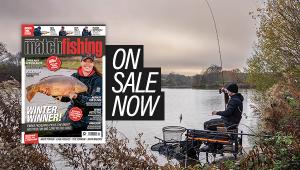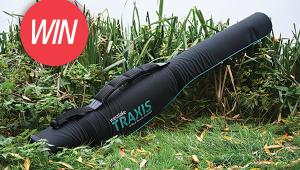Hard pellets made easy!
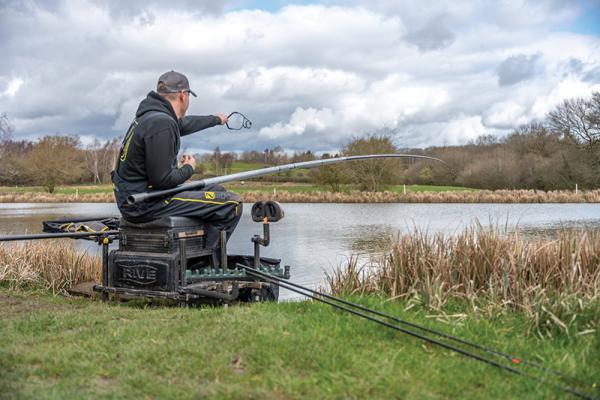
Hard pellet fishing has become one of the most effective and consistent approaches on commercial waters in recent years, yet it is amazing how many anglers struggle with what appears to be a simple bait and tactic!
If you have done any hard pellet fishing then I am sure you have had some difficult times. Foul-hooked fish can be a nightmare and lost fish can be all too common, making your session one to forget. But it needn’t be this way. A few tweaks to your approach can see this bait turn into a match winner.
The Bait
The first thing we must discuss is the pellet itself as there is more to a pellet than meets the eye. There are many types of pellets available but what you need for this tactic are pellets that break down slowly. Pellets that absorb water too quickly simply aren’t the one for this. The carp enjoy crunching hard pellets and I also believe they feed on them differently to softer baits.
So look for a slow breakdown pellet, the Dynamite Cata Pellets are just the job.
Obviously if you are limited by fishery pellets then look for the Coppens type pellets rather than the more porous Skrettings versions that absorb water quicker. Most fisheries seem to go with Coppens these days. However, if you do need to use Skrettings pellets then add some sort of oil to the bait. Something like the Tiger Nut Oil from Dynamite. This penetrates the pellet and creates a barrier to prevent the water entering the pellet too quickly. 
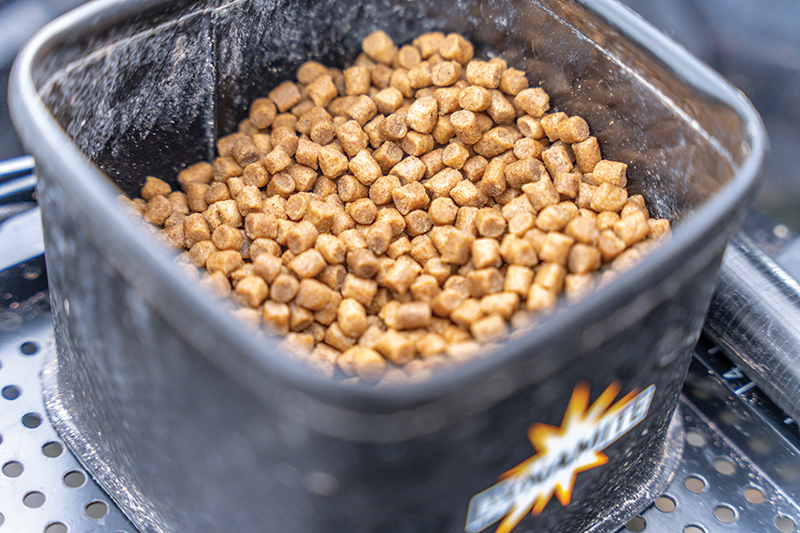 As for pellet size, if I am targeting normal match sized carp (2lb to 10lb) then I will stick with 6mms. If F1s are the main target then 4mms are required due to their smaller mouths. For me 8mms are only for feeding on a bomb and pellet line or on the rare occasion that silvers are too much of a problem on smaller pellet sizes.
As for pellet size, if I am targeting normal match sized carp (2lb to 10lb) then I will stick with 6mms. If F1s are the main target then 4mms are required due to their smaller mouths. For me 8mms are only for feeding on a bomb and pellet line or on the rare occasion that silvers are too much of a problem on smaller pellet sizes.
Of course 8mms work but you can blow your peg quickly with these pellets. The silvers aren’t mopping them up, which means when there are no carp about you could end up with a nasty build-up of pellets on the bottom by the time the carp turn up, which can make them troublesome to catch or even get a bite from!
Pot Or Ping? Feeding Secrets
Pinging is a very popular approach to feeding hard pellets. Pinging is essentially feeding small amounts of pellets very regularly with a catapult. Just two to five pellets fed every minute or so can yield great results, even when fishing on the bottom. The regular plop of the pellets hitting the surface is irresistible to carp and gets a response like no other bait! Basically you are getting a lot of attraction for very little actual feed with this method, which can make the fish easy to catch. 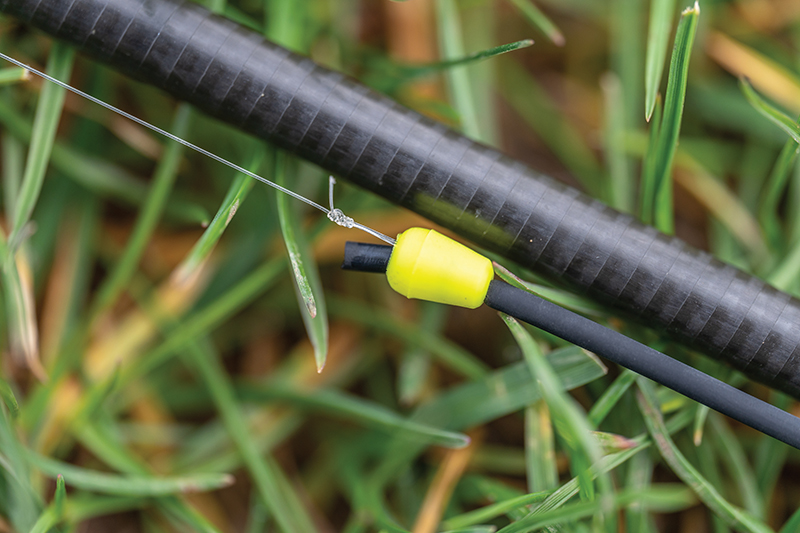
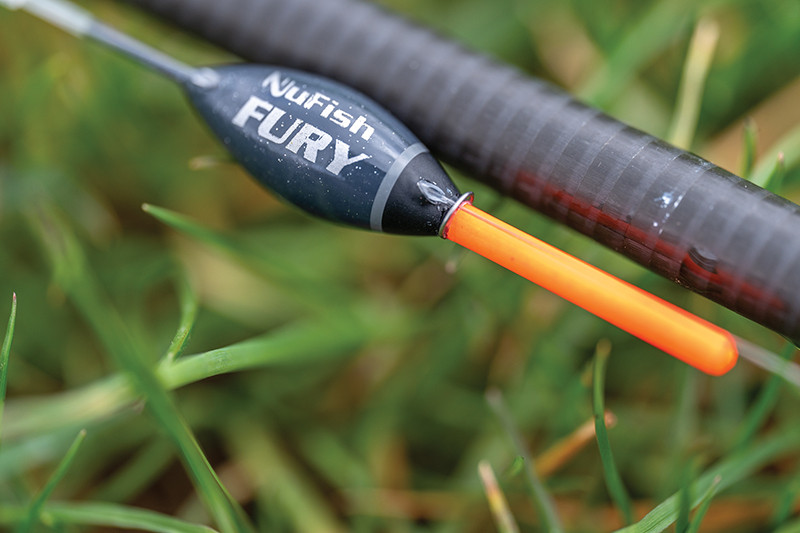 But this isn’t just about pinging and quite often I actually prefer to mix and match feeding with a catty and a pole pot. There are days where pinging is just too attractive and every time you feed the fish rush into the swim causing liners and missed bites. This is where sneaking the pellets into the water with a pot can be super-effective.
But this isn’t just about pinging and quite often I actually prefer to mix and match feeding with a catty and a pole pot. There are days where pinging is just too attractive and every time you feed the fish rush into the swim causing liners and missed bites. This is where sneaking the pellets into the water with a pot can be super-effective.
I generally like to find a routine that produces clean bites on the day. I will start by potting 10 6mms in with a pot and wait for a bite. If nothing comes after say two to three minutes then I will accurately feed two pellets with the catty and gauge the response. In an ideal world I will catch a fish off the potted pellets and only feed with the catty once a fish is hooked. This prepares the swim ready for the next fish and means I can make a bit of noise safe in the knowledge that my rig isn’t in the water.
Combining the two approaches is key to success but ultimately you have to work it out on the day. Some days the fish just want the noise and sneaking the bait in with a pot is useless.
Plumbing Is Crucial
This attack works best on a long pole in open water. Today this is at 14 metres here on Pool 9 of The Glebe. The only issue is that this coincides with being in the siltiest areas of the lake. I plumb up the rig so that the whole of the body is sticking out of the water. This is critical I believe as it is just the perfect amount of line on the bottom and gives me excellent hook-holds and keeps missed bites to a minimum.
It’s essential to consider though that once the carp begin feeding the swim will become deeper as they dig out the soft silt. For this reason I regularly re-plumb the swim to ensure that my float is perfect to how I like it. 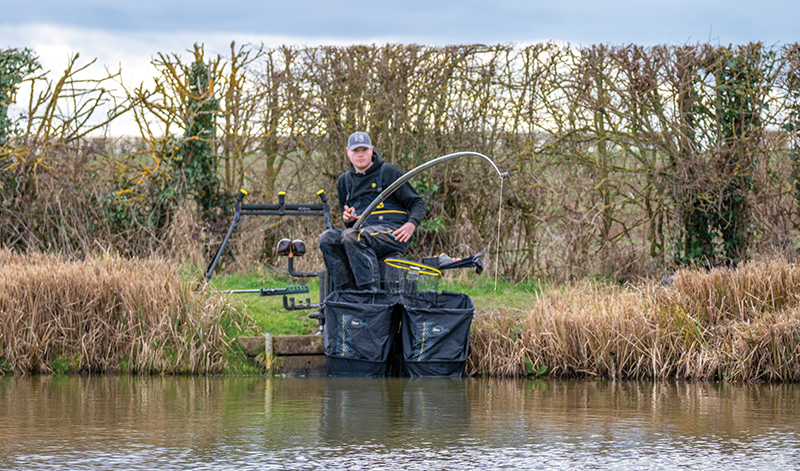 Selecting the right float helps with this and the 1.7mm bristle on the Cypri registers the 6mm pellet. So when the swim becomes deeper the float will sit lower than it should, indicating when you need to re-plumb.
Selecting the right float helps with this and the 1.7mm bristle on the Cypri registers the 6mm pellet. So when the swim becomes deeper the float will sit lower than it should, indicating when you need to re-plumb.
One thing I must also say is it can be a good idea to move your spot slightly. By this I mean move say two feet left or right of your starting swim. This will get you on to fresh lake bed once more and can make things much easier. As a rule, once a swim begins to fizz and bubble then it is time to move.
Rigs – Simple And strong
Here at The Glebe the fishing is always good and positive. There is simply no need to lighten your kit up to get bites. These are hungry fish and reliable kit is everything here because you will always need 200lb plus to win in the summer.
I make my rigs up on 0.22mm main line and combine them with a 0.19mm hooklength. Hook is a size 16 SLWG in the spring but I up the ante and stick a SMWG on when things warm up. Strong reliable kit that does the job.
As I mentioned earlier I like the Cypri float because of its bristle diameter, however I must stress that on the 5m line where the silt isn’t an issue then I prefer a fatter bristle and the Fury float with the 2.5mm bristle works perfectly. 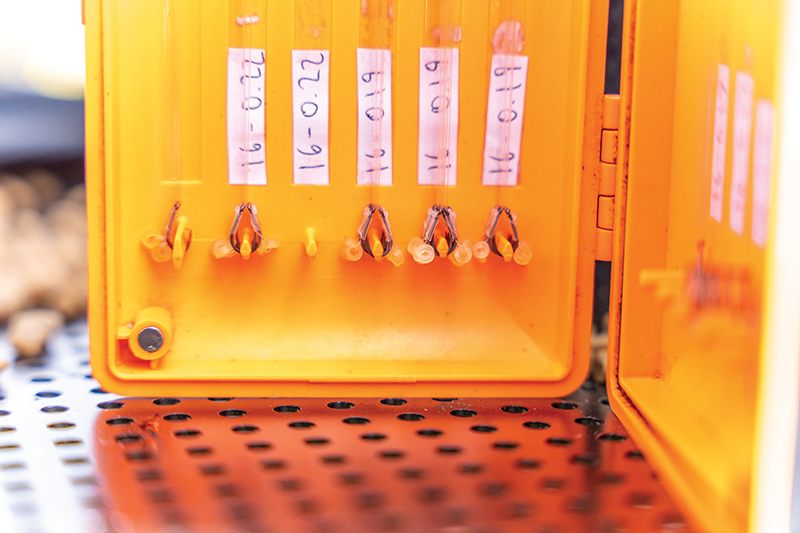
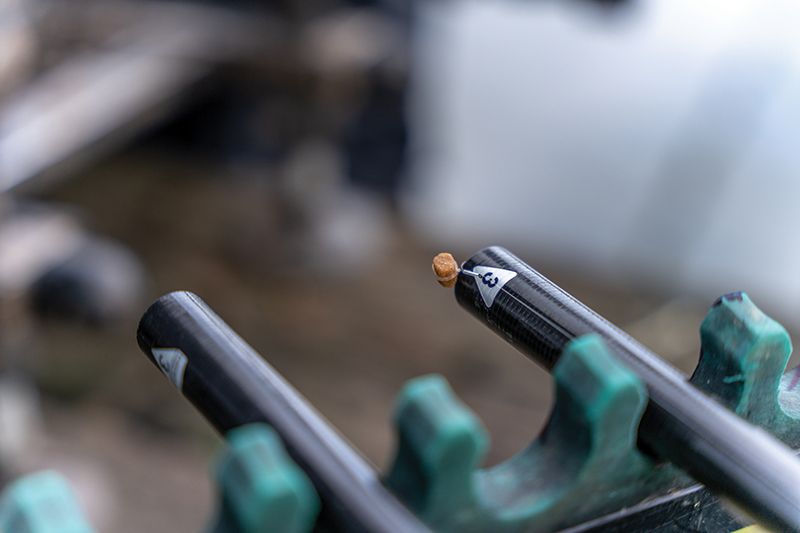 I am not one for fancy shotting for carp and I just use a bulk and one dropper. I don’t need anything fancy, I am trying to catch these fish on the bottom and making sure my bait gets down and is fishing straightaway is important to me.
I am not one for fancy shotting for carp and I just use a bulk and one dropper. I don’t need anything fancy, I am trying to catch these fish on the bottom and making sure my bait gets down and is fishing straightaway is important to me.
Elastic is a personal preference of course, I have gone for White Zipp on the long pole and the beefier Black Zipp at five metres. But I will not hesitate to move up to the Green if things are going well! You have to make the most of the times when the fish are feeding and having the right elastic will help you do that.
Here We Go
On to the fishing, the weather has been all over the place leading up this session so I am expecting a slow start before things improve later in the day. For that reason I start by simply potting in eight pellets on the long line. This measly amount is just enough to get the swim going but allows me to then feed accordingly. There will simply never be a build-up of bait on the bottom as I keep things frugal at all times. This approach is all about little and often feeding that’s for sure.
It actually takes a little while to begin getting indications. Three or four feeds with the cad pot and a few pellets fed with the ‘pult’ have finally got me my first carp. A pattern then begins to form in the early going. The fish are clearly pulled into the zone with the catty but many times the bite is missed. So the best pattern has been to feed with the pot and wait patiently, up to five minutes, before feeding any pellets with the catty. This gives me the best chance to catch one off the ‘sneak’ before I have to consider the catty. You will always get more indications with the catty but you can be a busy fool with missed bites and foul-hooked fish if you get a bit too ‘catty happy’! 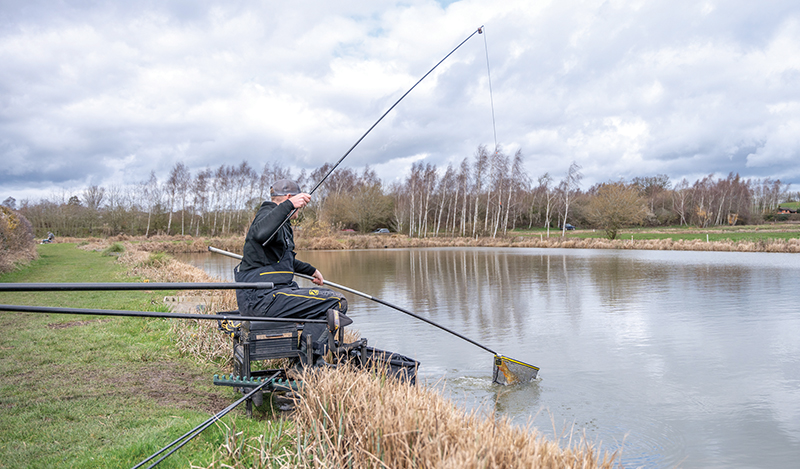 Quite often the slow build with the pot is more efficient in the long run, even though it may not feel like it at the time.
Quite often the slow build with the pot is more efficient in the long run, even though it may not feel like it at the time.
After 10 nice fish the bristle starts to indicate that the bottom has been dug out. A quick re-plumb indicates the swim is two inches deeper than it was at the start! Adding two inches on resolves this and a carp is hooked cleanly the very next go. These details are easily missed yet being on top of this simple thing will catch you more fish!
Amazingly in the last two hours I have only used the catty once a fish is hooked. The pot is doing the damage today and is leading me to a great weight. On another day the pot wouldn’t be attractive enough but today it’s perfect.
Mastering the feeding is everything with this approach and then keeping an eye on the details will make you a better hard pellet angler. 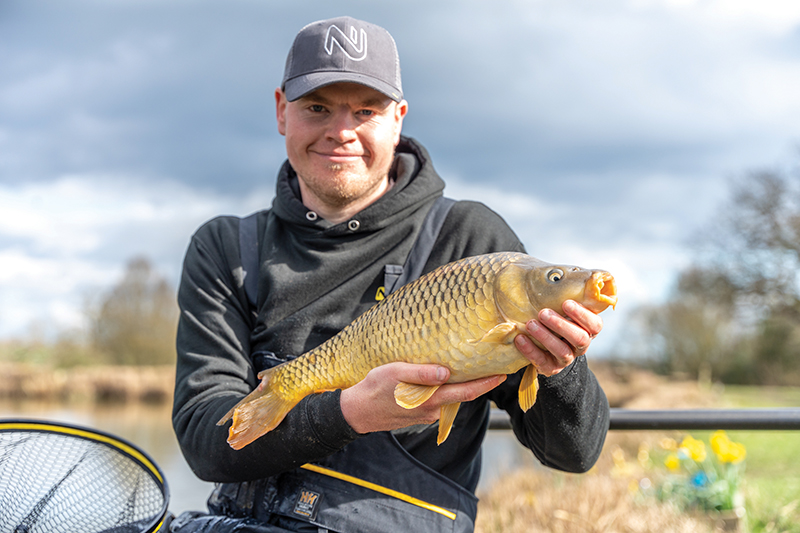
- Log in or register to post comments






